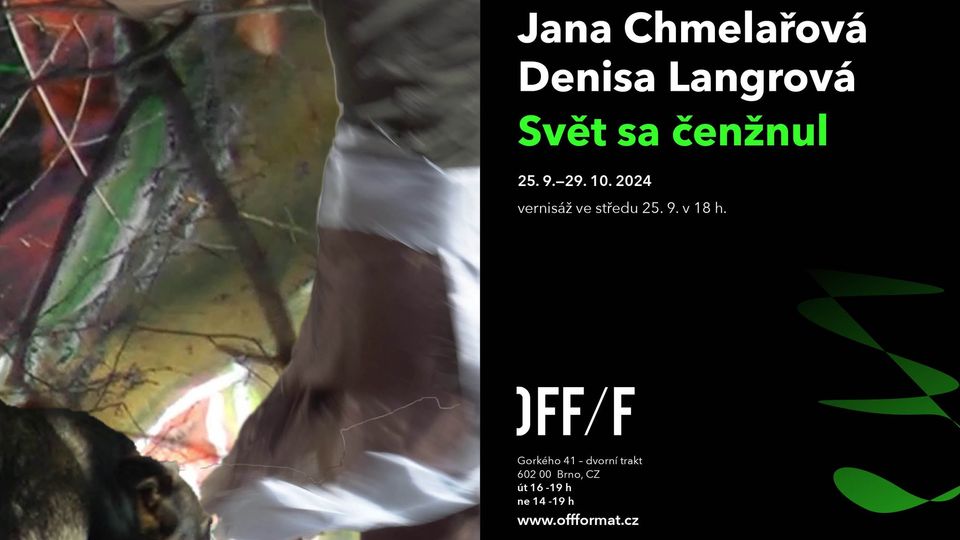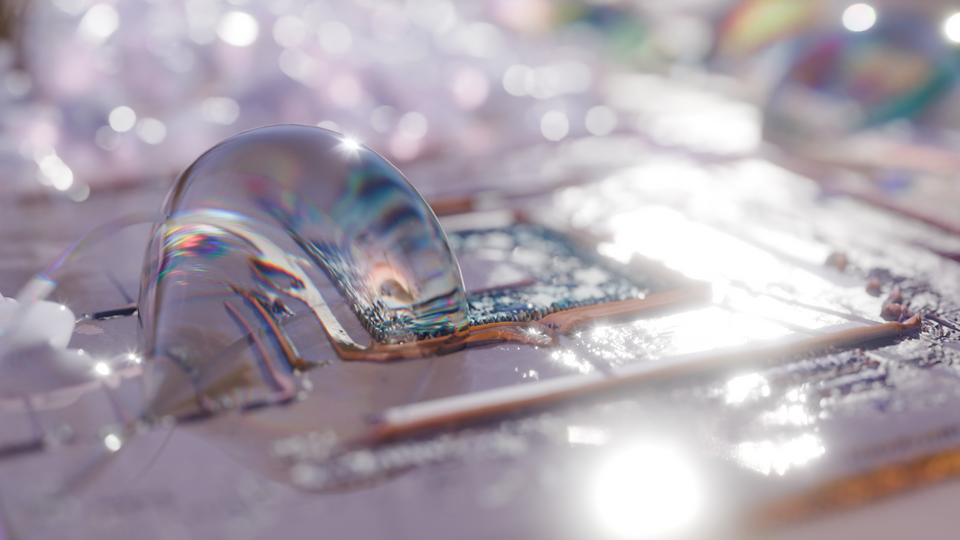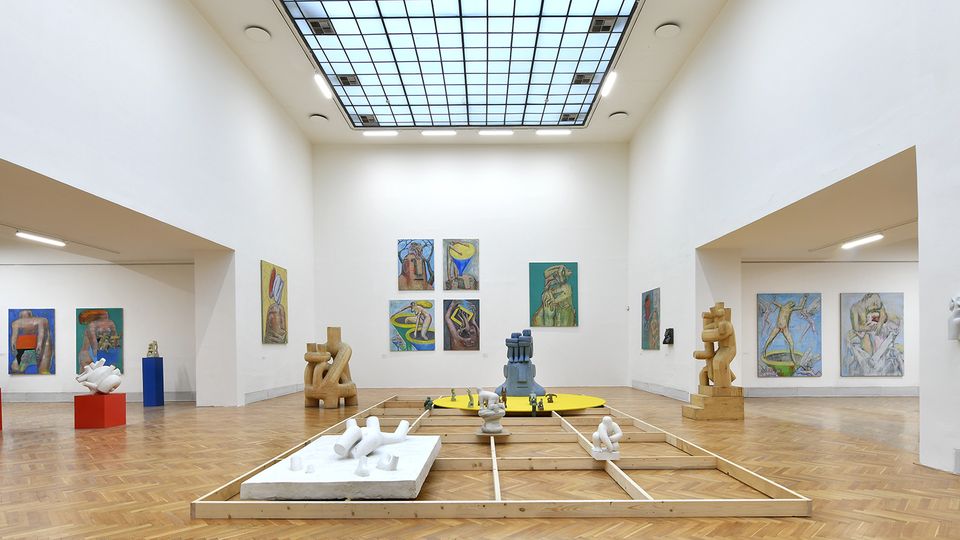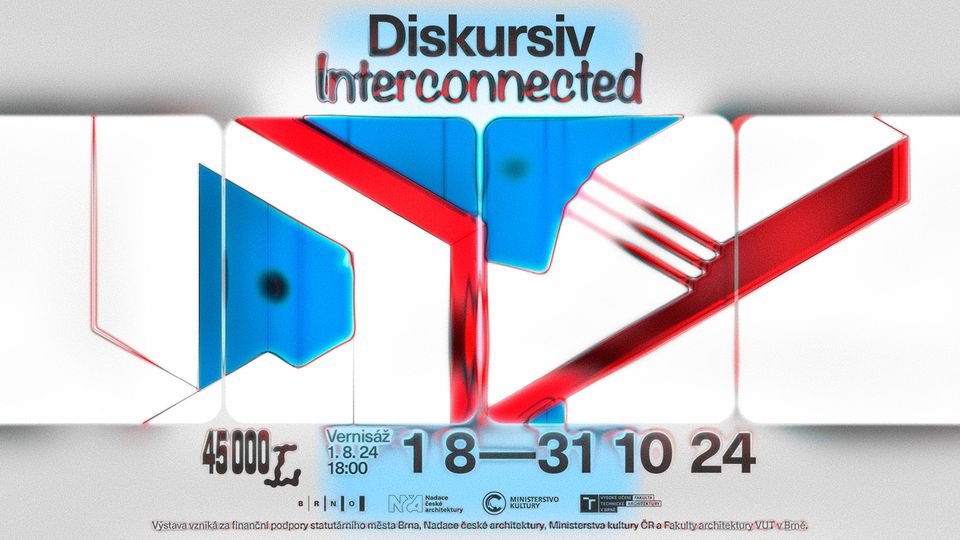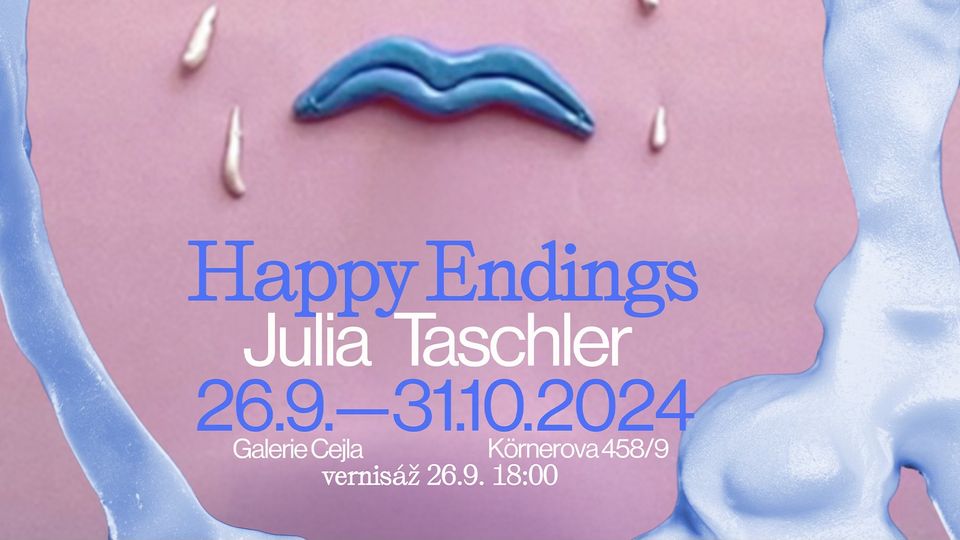Hidden Visegrad Heritage: Artists’ Studios Online [online]
24. 10. 2024
Přednášky a diskuze
Husova 18, 662 26 Brno
st–ne 10–18 h
čt 10–19 h
po–út zavřeno
úterý pro předem ohlášené skupiny e-mailem nebo po telefonu
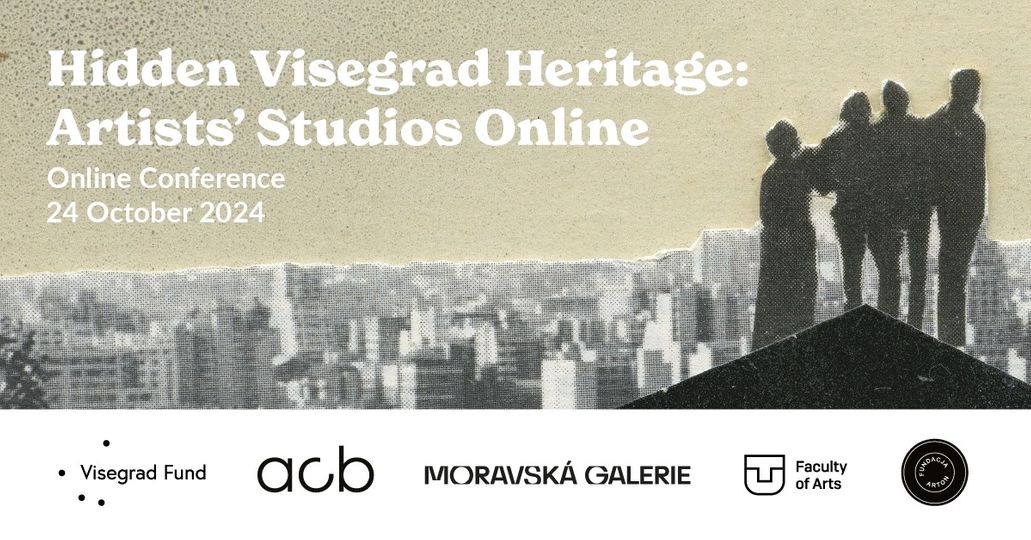
The project's visual identity uses a fragment from a collage by Janina Węgrzynowska
Arton Foundation (Poland) and its institutional partners Moravian Gallery in Brno (Czechia), Technical University of Košice (Slovakia), and acb Gallery (Hungary) invite you to participate in a conference devoted to issues of care for artists’ private archives.
Currently, a subject of particular concern of researchers, archivists, and cultural institutions should be materials created and collected by artists born in the 1930s and 1940s. These materials are particularly vulnerable to being scattered or destroyed, as this generation of artists are not always in a position to pass on their artistic legacy to anyone. It should also be pointed out that the most important sources of information on these resources, about the materials and works gathered there, are the artists themselves, who have an almost organic connection to them. If we do not preserve their knowledge, we will lose an invaluable cultural resource.
The English term “estate” does not have an exact equivalent in Polish. Instead, we typically use the less precise term “archive,” which originally did not refer to collections in private hands. This gap in vocabulary suggests that the problem of artistic legacies requires reflection and work – in general, but in Central & Eastern Europe in particular.
Resources of this type have only relatively recently come to be regarded as an important element of the culture. In the Hidden Visegrad Heritage: Artists’ Studios Online project, we archive materials found in the private hands of the artists or their heirs, digitize them and make them available online, but we also examine the places where they are stored, which we regard as significant points on the cultural map of our region. We also seek to share our experiences in the practice of working with materials of this sort, to develop the best methods of dealing with these objects but also the stories associated with them.
We pose questions about:
– How to effectively secure each resource for the long term?
– How to support artists and their heirs in the process of preserving these resources?
– How to best document the places where they are stored and take care of them as valuable cultural resources?
– How we can develop our own adequate terminology concerning these resources?
The aim of the conference is to share knowledge and practices in this area. We have invited to the conference people who encounter artists’ archives on a daily basis, process them and spread knowledge about them, so that together we can develop a set of best archival practices for the heritage of visual artists.
To attend, please register at arton@fundacjaarton.pl. The conference program is available on our website.

The project's visual identity uses a fragment from a collage by Janina Węgrzynowska

